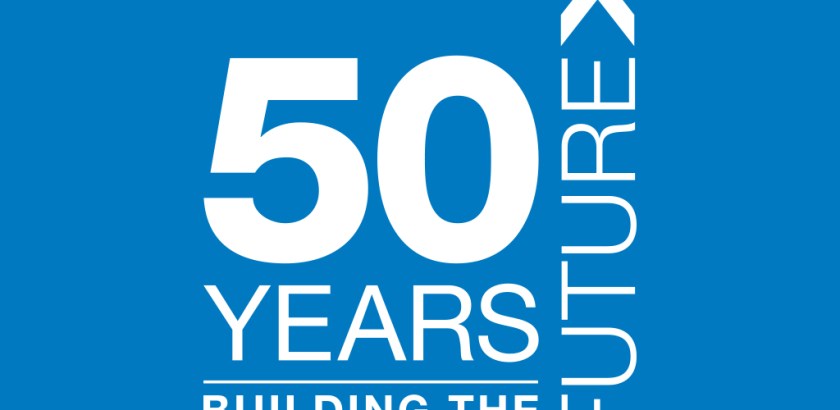What’s Next?
by Jim Donaldson - Director of Design Innovation On Oct 20, 2016, 03:00 AM
Subscribe To Aerial Pros
Filter by tags
By: Jim Donaldson, Engineering Design Manager
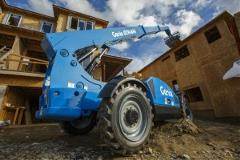 Celebrating 50 years in business can’t be all retrospective, we need to also look forward: What’s next? How do we keep our ideas fresh? What else can we do? What can we do better?
Celebrating 50 years in business can’t be all retrospective, we need to also look forward: What’s next? How do we keep our ideas fresh? What else can we do? What can we do better?
As it has been for the last 50 years, our focus remains on our customers and their needs. We continue to better understand what problems our customers are dealing with and how they are currently dealing with them. And, we strive to create innovations based on the voice of the customer: What is the customers’ problem we are trying to solve? How do we increase the customer’s productivity? It’s not just about creating aerial lifts that get operators up and down more quickly, it’s a more holistic approach: How can we help them do their jobs faster and be more profitable?
We are constantly looking outside our industry for ideas of what are other companies are innovating that might make good sense for our customers too. For example, think of how we can use data more in our machines. The trucking industry has used telematics to manage their fleets for years — telematics is the technology that sends, receives and stores information from a machine working remotely to a service shop via telecommunications. We now build telematics-ready aerial lifts that our customers can attach their preferred systems to, which will give them updates on the health of the machine, runtime hours, alerts and much more. Information from the machine helps owners manage their fleets more productively.
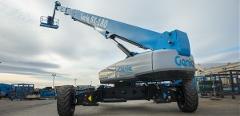 Here’s another example: Ever wonder how our steering system works on our aerials without steering tie rods? Sensors are used to indicate the relative position of the tire to the frame. These sensors were originally used as throttle body sensors on cars. The technology developed for the car industry has helped us create an aerial lift with multiple steering options. The different steering modes helps the end user to navigate busy jobsites safer.
Here’s another example: Ever wonder how our steering system works on our aerials without steering tie rods? Sensors are used to indicate the relative position of the tire to the frame. These sensors were originally used as throttle body sensors on cars. The technology developed for the car industry has helped us create an aerial lift with multiple steering options. The different steering modes helps the end user to navigate busy jobsites safer.
These are just a couple of instances, but it does seem that many times, in different ways, our industry follows the car industry.
As we cross over the 50-year mark and start looking at what’s coming next, it is about continuing investigating new technologies, understanding if it’s something customers will need and/or want to solve their problem, looking for ways we could adapt them into our machines and bringing solutions to the market. Our focus is always on making our equipment better — more productive, more profitable — for our customers and end users.
Related Posts
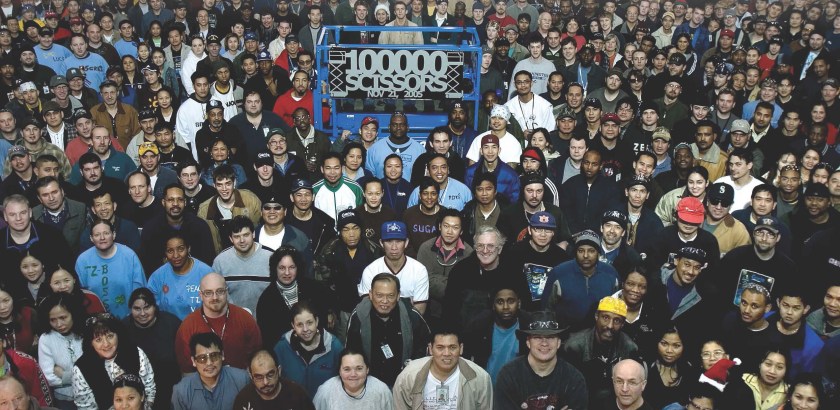
Lessons Learned in 50 Years
One of the best parts of getting ready to celebrate the company’s 50th anniversary is reflecting about what Genie has achieved in the last 50 years — how we’ve helped shape the industry, and how it shaped us.
Continue Reading
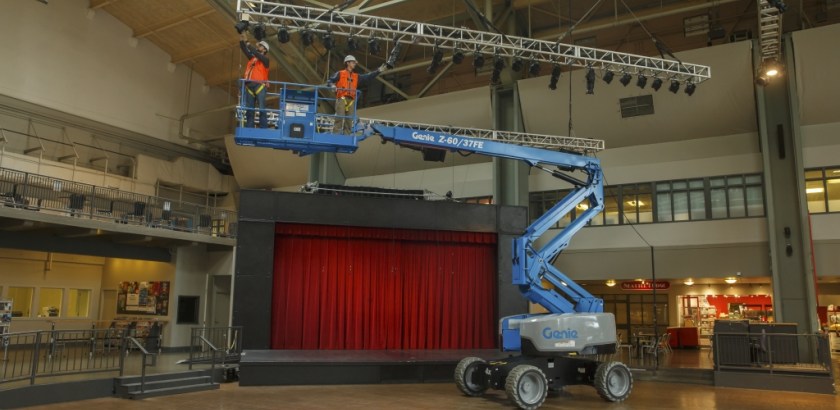
“Building the Future” – Genie Pioneers 50 Years of Innovations
Marking half a century of serving aerial markets around the world, Genie is celebrating our five-decade legacy of “Building the Future” through industry leadership and innovation this year.
Continue Reading
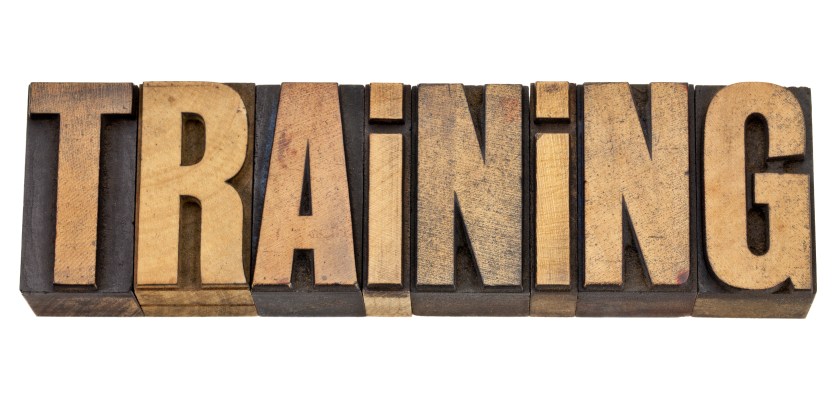
The Importance of Technician Training Programs
Training in the aerial industry is very important — operator safety is the number one priority each and every time someone gets into a piece of aerial equipment.
Continue Reading


